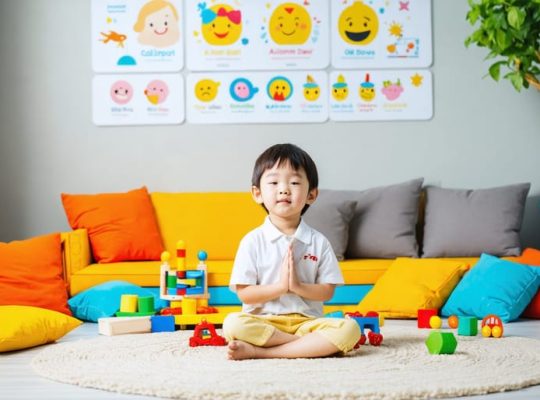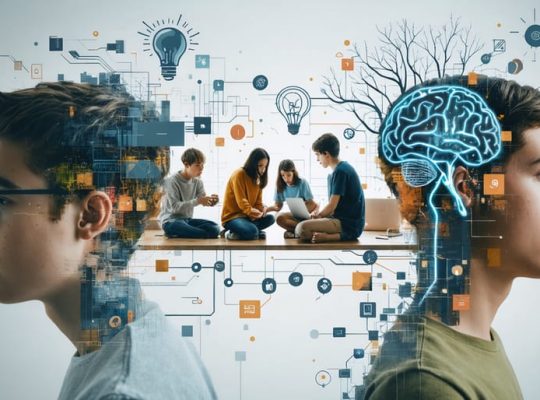Nurturing Your Baby’s Emotional World: What Parents Need to Know About Attachment
Watch your baby’s face light up during those first precious smiles around 6-8 weeks – these moments mark the beginning of their remarkable emotional journey. Every coo, giggle, and shared gaze builds the foundation for your child’s lifelong capacity to form relationships and regulate emotions.
During the first year, your baby’s brain forms up to one million neural connections per second, with social and emotional experiences playing a crucial role in this development. Through daily interactions – from gentle rocking to responsive feeding – you’re not just caring for your baby; you’re …



